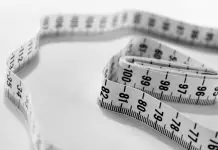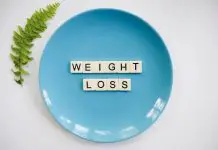Overview, Causes, & Risk Factors
Choking in an unconscious child may occur when the upper airway, usually thethroat or windpipe, is blocked by an object or irritation. A child for the purposesof this article is 1 to 8 years old.
What are the causes and risks of the injury?
Choking is usually caused by objects that the child has placed in his or hermouth. These include toys, candy, popcorn, hot dogs, nuts, batteries, rocks,and buttons. Things that wrap around the neck and constrict it, such asstrings or rope, can also cause choking.
Symptoms & Signs
What are the signs and symptoms of the injury?
Signs and symptoms of choking in an unconscious child include:
Diagnosis & Tests
How is the injury diagnosed?
A child who is unconscious due to choking will be unresponsive.The rescuer will be unable to push air into the lungs with mouth-to-mouthbreathing. Bystanders may report an episode of choking, followed byunconsciousness.
Prevention & Expectations
What can be done to prevent the injury?
Some cases of choking can be avoided by:
Treatment & Monitoring
What are the treatments for the injury?
First aid for an unconscious child who has choked includes:
What are the side effects of the treatments?
The chest compressions of CPR can cause vomiting, injuries to internal organs, or broken ribs. Vomiting canbe a problem if the vomit is caught in the airway and inhaled into the lungs.None of the procedures may work, and the child may still choke, remainunconscious, or possibly die.
What happens after treatment for the injury?
Anytime a child chokes, medical attention should be sought since the objectmay have been inhaled into the lung. This can cause wheezing, persistent cough, or pneumonia.
Article type: xmedgeneral














































